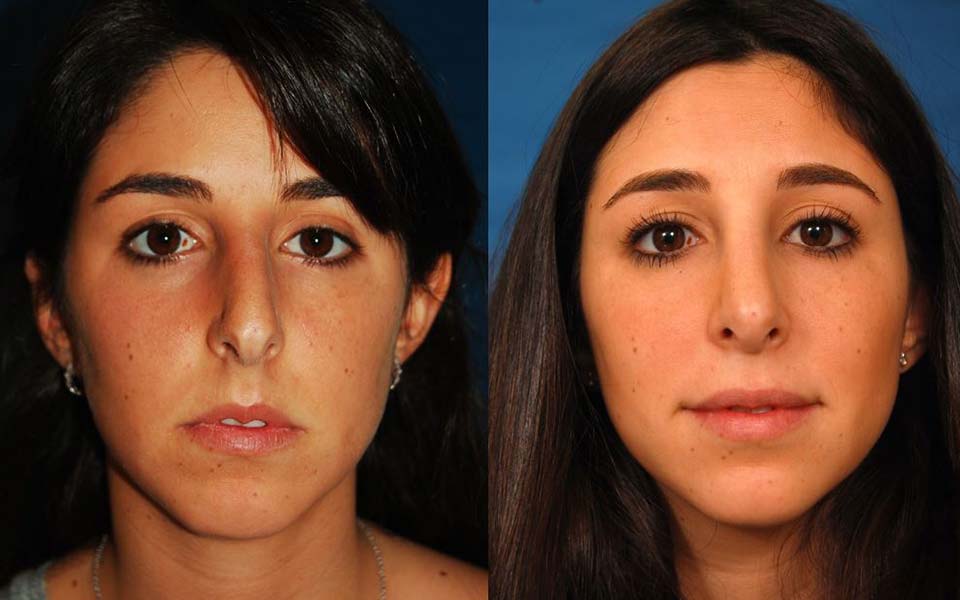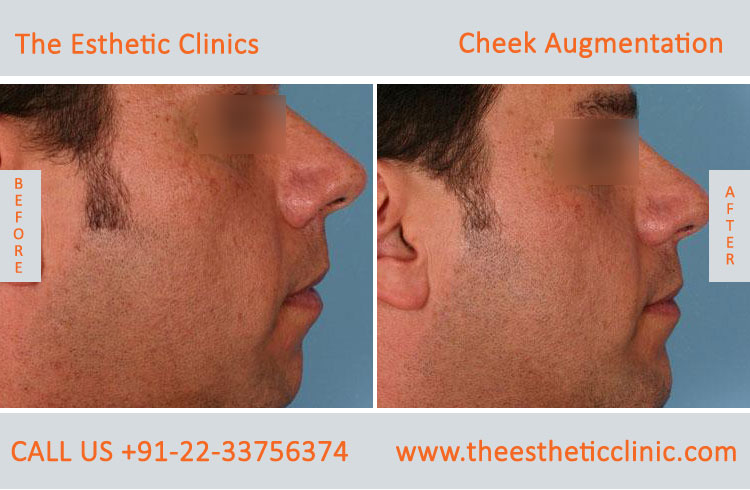
There are many treatment options for a deviated Septum. You have two options. One is to undergo surgery. The other is to choose a more conservative approach. Before you decide on a surgery, make sure to understand the risks and benefits. You may need to have your septum replaced in some cases.
There are many treatment options
A deviated septum can make it difficult to breathe. There are many treatment options for this condition. These treatments can be used to relieve sinusitis symptoms and delay surgery. Decongestants are medications that reduce swelling and can be used to treat the symptoms. They can be taken either by mouth or sprayed directly into the nasal cavity.
If the septum is not severe and does not cause long-term complications, it can be treated with surgery. If the problem becomes so severe that it causes breathing difficulties, surgery is recommended. If non-surgical treatments fail, ENT doctors, also called otolaryngologists recommend surgery.
Options for Surgical Treatment
There are many surgical options that can correct a deviated nasal septum. These options can improve your breathing and reduce nasal congestion. There are two options: turbinate or valve reduction. You may also have surgery to remove any polyps or to improve the function and health of your sinuses. You should be aware of the risks and benefits associated with surgery if you are thinking about it.

While surgical treatments will not cure all deviated septums however, if the septum is causing persistent congestion or interfering with your breathing it might be worth considering surgery. A deviated nasal septum can make the nose look more crooked, and may cause you to feel self-conscious. The septoplasty procedure can straighten the septum or correct other structural issues. Patients can return home within hours, with no bruising and scarring.
Surgery complications
Sinus infections can occur frequently if the septum is not straight. These infections can cause inflammation and irritation of the nasal passages. They can also lead to infections in the eyes or brain. They can spread to the brain tissue and cause seizures. In certain cases, surgery may be necessary to correct the deviated septum.
A deviated septum can cause complications. Although there are no long-term risks to such surgery, there can be serious complications. The possible symptoms include bleeding, pain, infection, and even death. Sometimes, patients will need consultation with a neurologist to address any complications.
Allergy treatment
A doctor diagnoses deviated septum by looking at the symptoms, as well as a physical examination of your nose and sinuses. A doctor will ask questions about patient's lifestyle and symptoms to help identify the underlying cause. They might also run a CT scan on the sinuses to determine how severe the condition is.
Patients may be able to reduce their symptoms by using allergy treatment for deviated sinusum. It can reduce swelling and alleviate congestion. It won't fix the root cause.

Alternatives to surgery
Surgery is the most common procedure to correct a deviated septum. But there are alternatives. The minimally invasive endoscopic procedure of septoplasty is an excellent alternative to traditional surgery. Endoscopic septoplasty provides excellent visualization of bone, cartilage, and allows the surgeon to focus on the specific deformity.
The surgeon will correct the septum defect by straightening it and reinserting the septum into the nose. To ensure proper alignment, the surgeon may need to trim and then reinsert the septum. This will allow for better nasal airflow. But patients should be aware that the results of this surgery may not be permanent, and other conditions may make the condition worse.